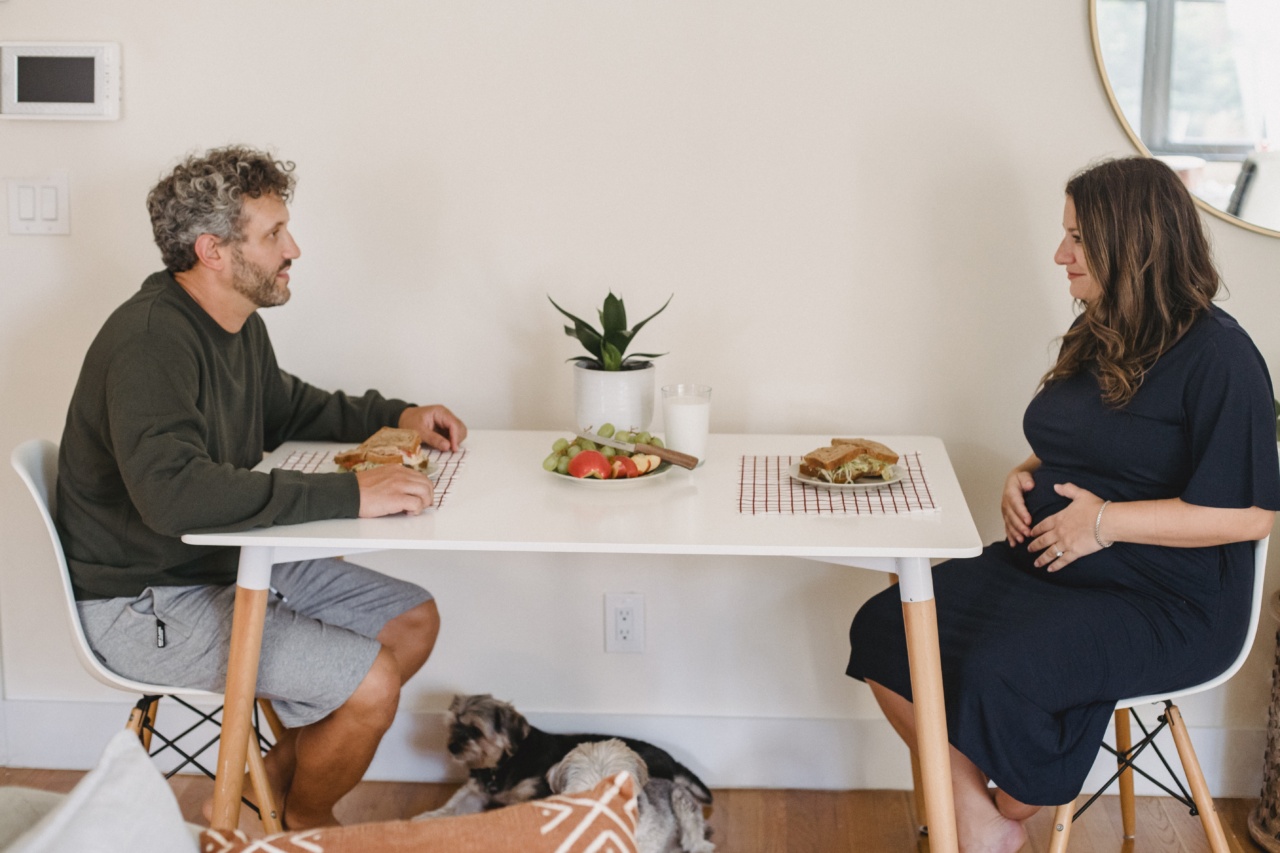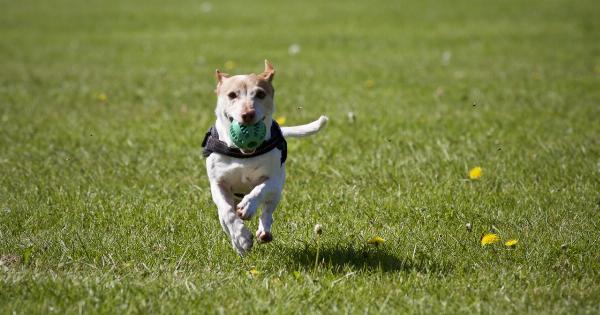Dogs are social animals, and they enjoy the company of other dogs. However, some dogs may exhibit anxiety and fear when they encounter other dogs. This might be because of a past traumatic experience, lack of socialization or improper training.
It can be a significant problem, especially if you have to walk your dog in a public area where there are many other dogs. To help your furry friend stay calm, it’s essential to understand the reasons behind their anxiety.
Signs Of Anxiety In Dogs
Before you can help your dog stay calm around other dogs, you need to recognize the signs of anxiety. Some common signs include:.
- Pacing, whining, or barking
- Panting heavily
- Tucking the tail between the legs
- Backing away or hiding behind their owner
- Raised fur (also known as piloerection)
It’s important to keep an eye on your dog’s behavior around other dogs. If you notice any of these signs, it’s likely that your dog is feeling anxious, stressed, or afraid.
Socialization Is Key
Socialization is essential for dogs. It helps them to feel more comfortable around other dogs and people. If your dog hasn’t been socialized correctly, they may feel overwhelmed and anxious around other dogs.
Socialization involves exposing your dog to a variety of people, dogs, and situations regularly. This process should begin when your dog is a puppy.
It’s important to note that socialization should be positive. Never force your dog to interact with another dog or person if they don’t want to.
Instead, offer plenty of praise, treats, and encouragement when your dog is relaxed around other dogs.
Training Your Dog To Stay Calm Around Other Dogs
Training your dog is one of the most effective ways to help them stay calm around other dogs. Here are some tips to keep in mind:.
Teach Basic Obedience Commands
One of the most effective ways to teach your dog to stay calm around other dogs is to teach them basic obedience commands like sit, stay, and come.
These commands will help you to distract your dog when they become anxious, so they don’t become reactive to other dogs. Start training commands in a low-distraction environment, such as your home, before gradually adding more distractions.
Use Positive Reinforcement
Dogs respond best to positive reinforcement during training. When your dog does something that you want, offer a treat or praise. This will encourage them to repeat the behavior in the future.
Avoid using punishment or negative reinforcement, as this could increase their anxiety around other dogs.
Desensitization And Counter-Conditioning
Desensitization and counter-conditioning can help your dog feel more comfortable around other dogs. This involves exposing your dog to other dogs gradually.
Start with a distance where your dog is comfortable and give them treats or praise for staying calm. Gradually decrease the distance between your dog and the other dog, continuing to reward good behavior. Over time, your dog should learn that other dogs are not a threat.
Managing Your Dog’s Environment
In addition to training and socialization, managing your dog’s environment can help them to stay calm around other dogs. Here are some tips:.
Avoid Busy Areas
If your dog gets anxious around other dogs, it’s best to avoid busy dog parks or areas where many dogs gather. Instead, opt for quieter areas where your dog can relax and feel comfortable.
Walk Your Dog On A Leash
Walking your dog on a leash can keep them safe from other dogs and help you to control their behavior. Make sure your dog’s leash is short enough that they can’t run up to other dogs and cause an accident.
Use a harness instead of a collar, as this will provide more control and reduce pressure on your dog’s neck.
Use Distractions
Distractions can be effective in keeping your dog calm around other dogs. For example, bring along your dog’s favorite toy or treat to distract them when they become anxious.
Be sure to offer these distractions before your dog starts to react to other dogs.
Conclusion
If your dog gets anxious around other dogs, it’s essential to understand why and take steps to help them feel more comfortable.
Socialization, training, and managing their environment are all effective ways to help your furry friend stay calm and relaxed. Remember that every dog is different, and it may take some time to find the right strategies that work for your dog.


























